How Real-Time Air Gap and Wave & Current Measurements Assist Jack-Up Operations
Jack-up rigs are vital to offshore oil and gas operations—and with the right insights into waves, currents, and air gap, they can perform safer and smarter than ever before.
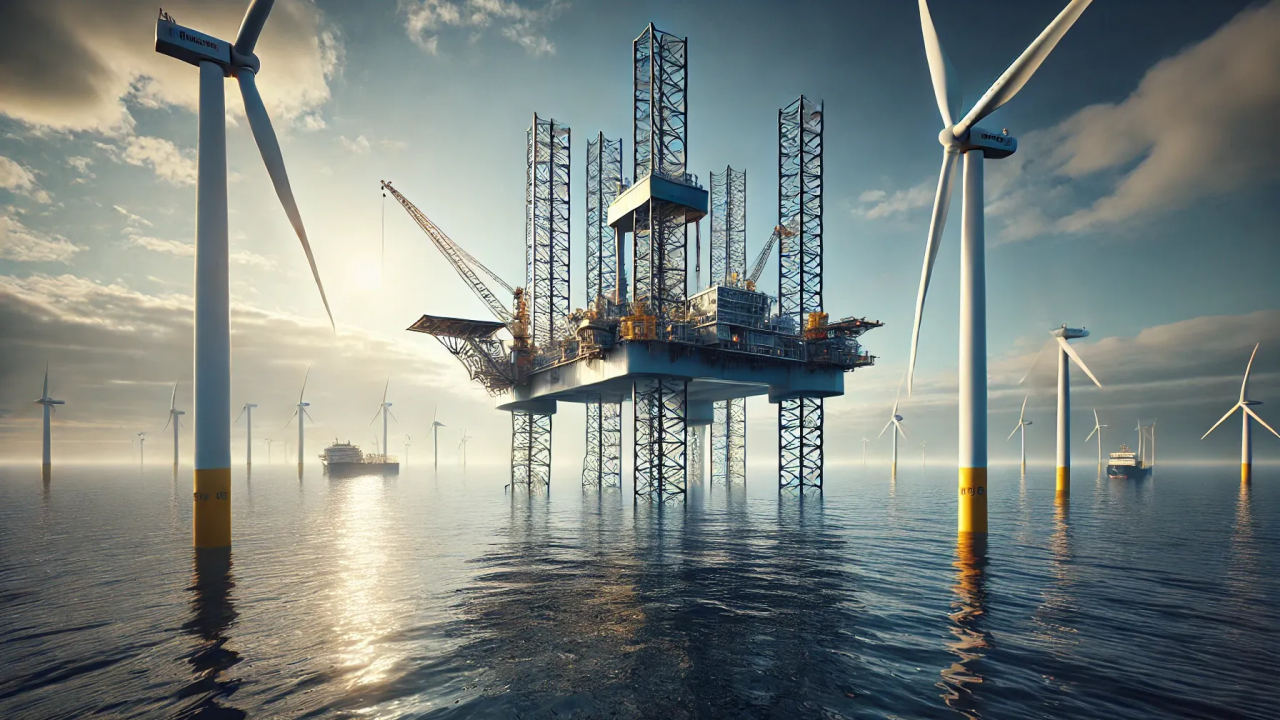
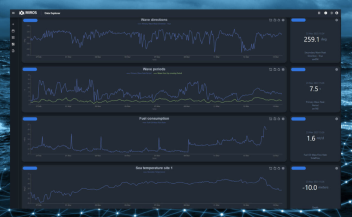


In offshore oil and gas exploration, jack-up rigs play a critical role in providing a stable platform for drilling and production activities. These mobile, self-elevating units use legs that can be raised or lowered onto the seabed, allowing the platform to remain above the water’s surface during operations. However, one of the major challenges in jack-up rig operations is managing the highly dynamic marine environment—particularly waves and currents. By understanding and leveraging information about air gap and real-time wave and current measurements, operators can significantly enhance the safety, efficiency, and performance of jack-up operations.
1. Understanding the Air Gap
Definition of Air Gap The term air gap refers to the vertical distance between the highest anticipated wave crest and the underside of a jack-up rig’s hull or deck. Maintaining an adequate air gap is crucial to ensure that waves do not slam into the underside of the rig, which can cause structural damage, fatigue, and unsafe working conditions.
Significance of Air Gap
- Safety: An insufficient air gap can expose the platform to wave impact forces that exceed design limits, risking structural integrity.
- Operational Efficiency: A larger air gap provides a safe buffer for operational activities on the platform—especially in rough sea conditions—by minimizing the risk of equipment impact and reducing the potential for downtime.
- Long-Term Rig Health: Avoiding repeated wave slamming protects the rig’s legs and hull from fatigue, cracking, or deformation, helping maintain asset value and extending service life.
2. Real-Time Wave and Current Measurements
What They Are Real-time measurements involve continuously monitoring sea states and current profiles around a jack-up location. These measurements typically include wave height, wave period, wave direction, current speed, and current direction. Data can come from various sources, such as wave buoys, radar systems, subsea sensors, and vessel-based instrumentation.
Why They Matter
- Accurate Sea State Assessment: Actual conditions may deviate from forecasts. Real-time data ensures that operators understand current and evolving conditions, enabling rapid adjustment to maintain safety margins.
- Dynamic Positioning and Preload Operations: When moving the rig into place or adjusting the legs on the seabed, operators can use current and wave data to optimize positioning strategies. This not only helps stabilize the rig more quickly but also minimizes the risk of leg slip or seabed instability.
- Predictive Maintenance: Ongoing measurements can highlight changing wave regimes or currents that may stress the rig’s structure. Early identification helps in scheduling inspections or adjustments before minor issues become major problems.
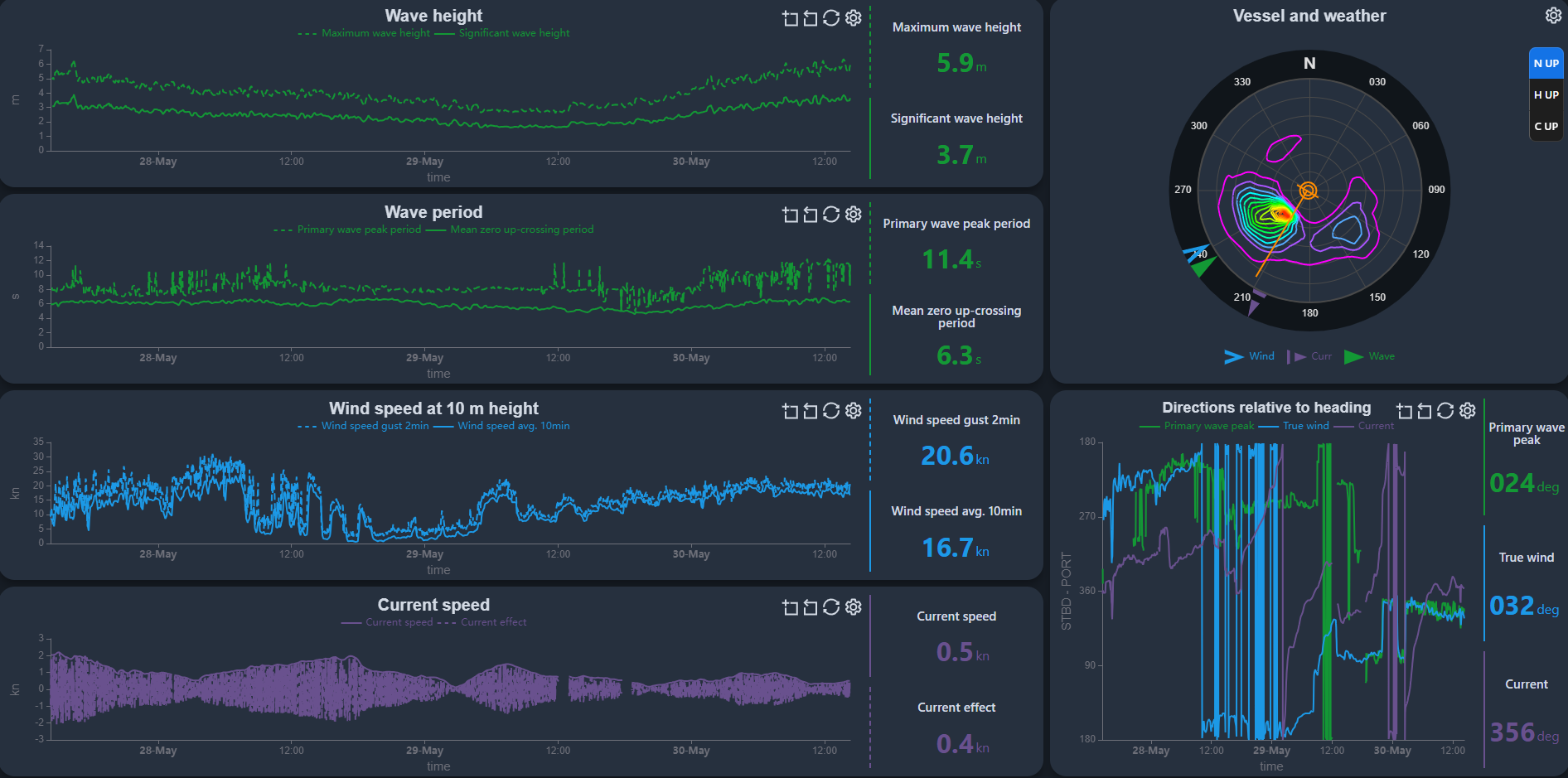
3. Benefits to Jack-Up Operations
- Enhanced Safety: By integrating real-time wave and current data, crews can maintain a safe air gap, preventing wave slamming and mitigating the forces on the jack-up’s legs. Operators can also respond quickly to changing conditions, reducing the likelihood of accidents.
- Optimization of Operational Windows: With continuous monitoring, operators can pinpoint the best possible timing for critical phases such as positioning, elevating, and lowering the rig. This leads to more efficient project scheduling, ultimately reducing costs.
- Improved Design and Planning: Historical data and trends gathered from real-time measurements can be used to refine future jack-up designs and operational procedures, ensuring greater resilience and longevity of assets.
4. Key Considerations for Implementation
- Instrumentation and Technology Integration: Selecting robust, accurate sensors and data acquisition systems is vital. Systems must withstand harsh marine environments and deliver reliable data.
- Data Management and Analysis: Real-time data streams require proper handling. Operators benefit from advanced analytics and visualization platforms that transform raw data into actionable insights.
- Regulatory and Safety Compliance: Offshore operations fall under strict international and regional regulations. Ensuring that measurement strategies and air gap considerations align with these regulations helps maintain compliance.
5. Miros Group’s RangeFinder and Wavex: Comprehensive Solutions for Jack-Up Situational Awareness
Miros Group’s RangeFinder and Wavex solutions offer an end-to-end approach to monitoring the critical parameters necessary for efficient and safe jack-up operations. By combining accurate air gap measurements with real-time wave data, these technologies provide a level of situational awareness that significantly enhances decision-making in challenging offshore environments.
5.1 RangeFinder: Non-Contact Air Gap Monitoring
- Precision in Air Gap Measurement: The Miros RangeFinder uses a radar-based, non-contact sensor to deliver high-accuracy readings of the distance between the underside of the rig and the water’s surface.
- Continuous, Real-Time Data: The system operates continuously, providing instant updates on any changes in air gap—especially crucial during variable sea conditions or when adjusting jack-up legs.
- Robust Design: Engineered to withstand harsh offshore conditions, the RangeFinder sensor offers a reliable solution that minimizes maintenance requirements while maximizing uptime.
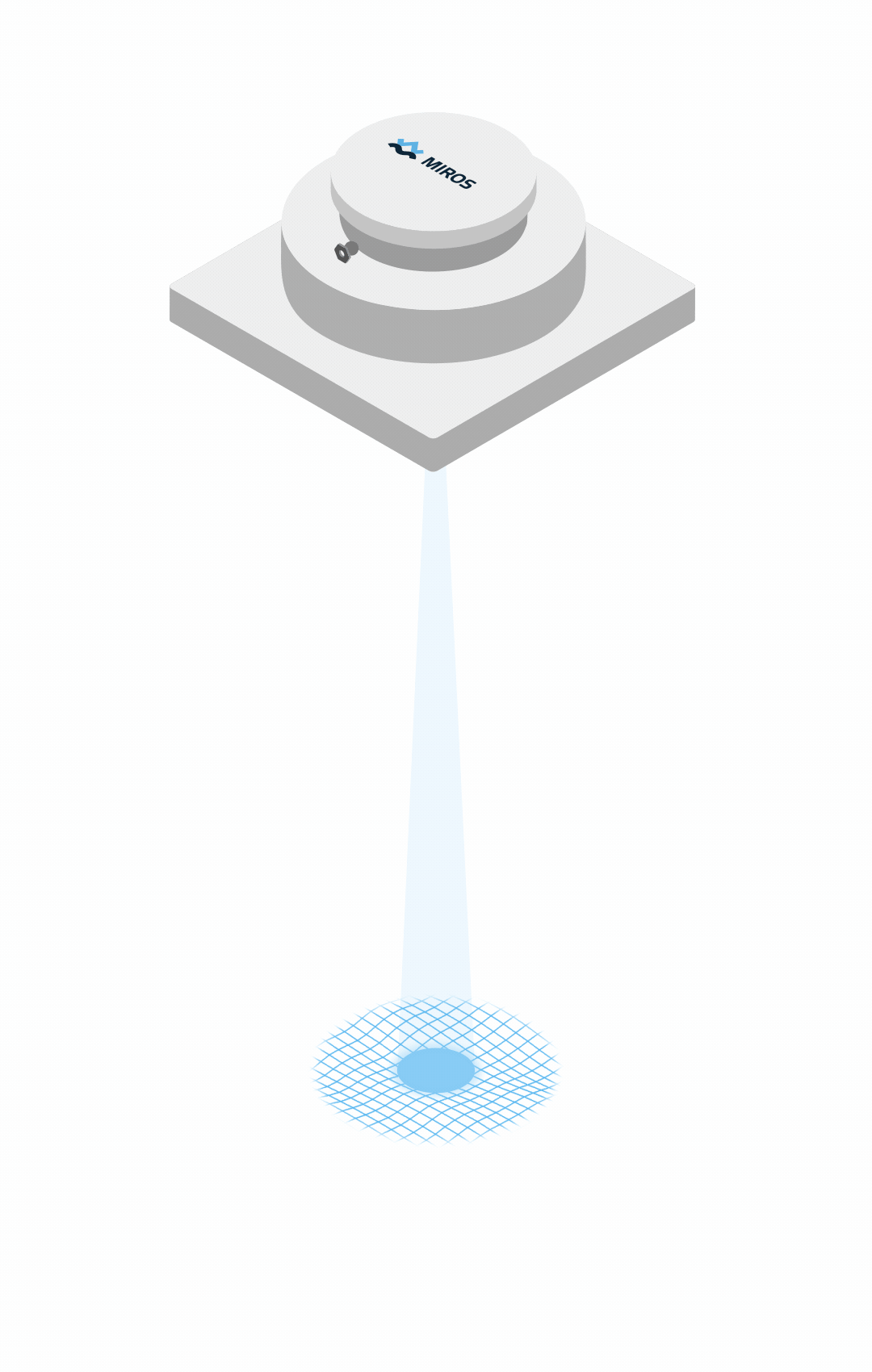
5.2 Wavex: Real-Time Wave & Current Data
- Wave Radar Technology: Wavex leverages Miros’s wave radar expertise to measure sea states with precision, capturing data such as wave height, direction, and period in real time.
- Advanced Data Processing: The system filters and refines the raw radar signals, producing actionable insights that rig operators can use for dynamic positioning, preload strategies, and situational awareness.
- Integration with Rig Systems: Designed to interface seamlessly with existing rig infrastructure, Wavex ensures that critical wave and current data are readily accessible to those who need it most, particularly during time-sensitive operations.
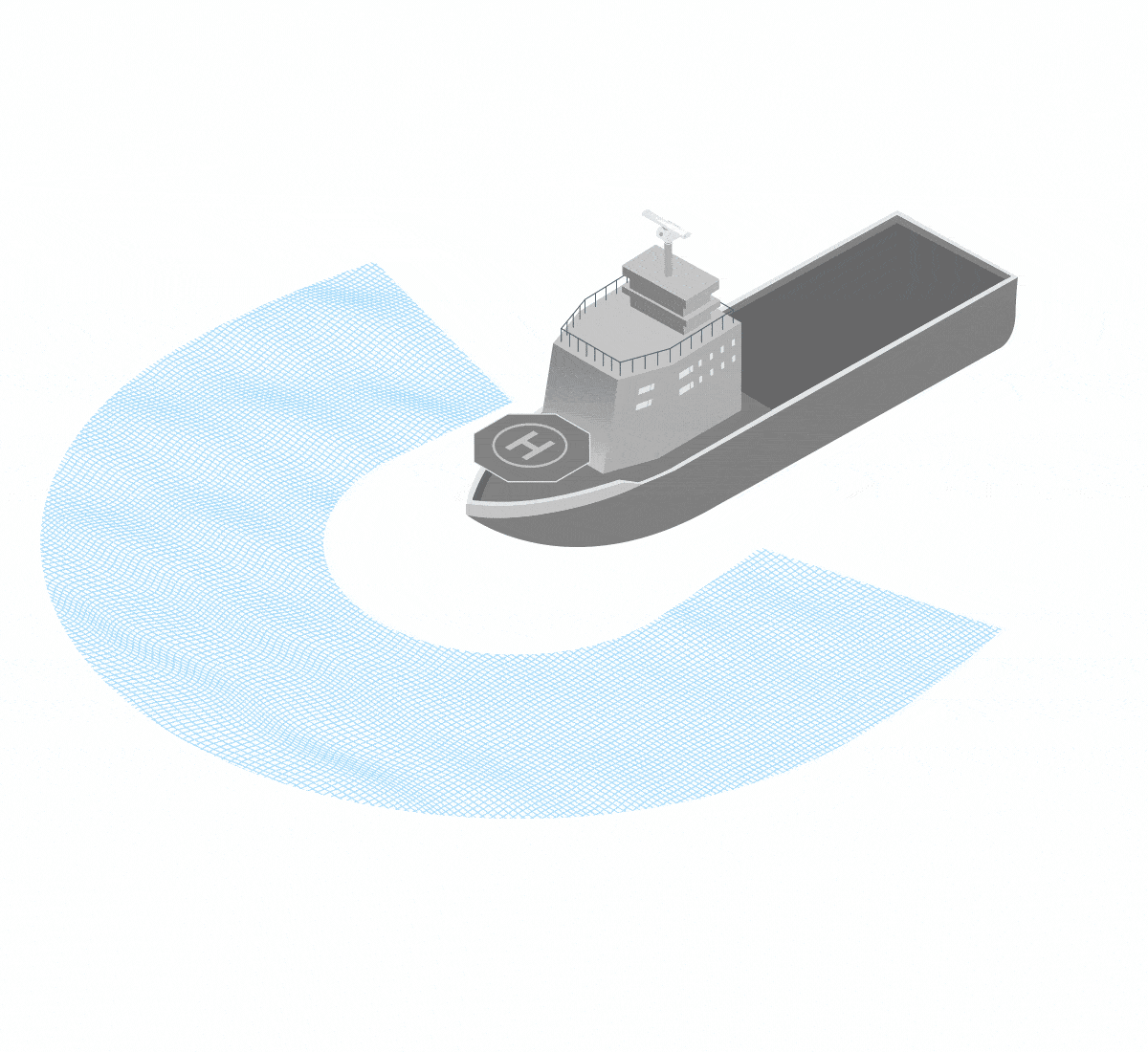
5.3 A Complete Offering for Enhanced Situational Awareness
By combining RangeFinder’s precise air gap measurements with Wavex’s real-time wave data, Miros Group provides an integrated monitoring ecosystem that benefits jack-up rig operations in several ways:
- Holistic View of Operational Environment: Access to both air gap and sea-state data in one platform gives operators a clear picture of ongoing conditions, enabling informed decisions that enhance safety and efficiency.
- Reduced Operational Risk: Continuous monitoring helps crews maintain safe clearance under the rig, avoiding wave slam events that could compromise structural integrity and personnel safety.
- Proven Track Record: Miros’s technologies are already in active use by leading jack-up rigs worldwide, attesting to their reliability, accuracy, and positive impact on operational performance.
6. The Future of Jack-Up Operations
As offshore exploration moves into deeper waters and more challenging environments, the importance of real-time environmental data and optimized air gap calculations will only increase. Emerging technologies such as Miros’s PredictifAI can further refine how operators evaluate, predict, and respond to changing sea states. By staying ahead of these developments—and by leveraging comprehensive solutions like Miros Group’s RangeFinder and Wavex—jack-up operators can enhance operational safety, extend asset life, and drive efficient, cost-effective projects.

